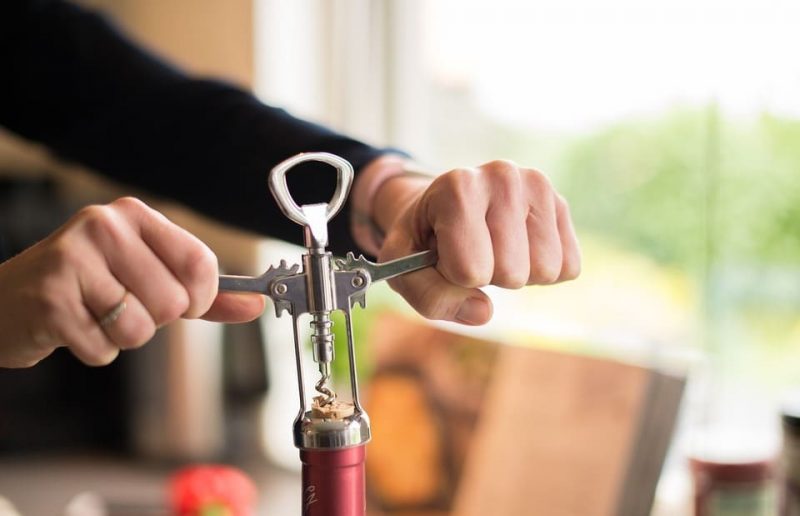Transporting wine requires rigor and precaution. Incorrect handling can alter its aromas and compromise its preservation. Whether you're moving, traveling or buying abroad, there are certain rules to ensure safe wine transport.
If you're interested in wine-related articles, download our app for IOS or Android. It will give you access to our wine lexicon, our articles and our innovative solution, designed for all wine consumers and collectors.
Understanding the fragility of wine
Wine reacts badly to temperature variations, vibrations and light. These factors modify its evolution and degrade its aromas. A red wine exposed to heat develops unpleasant cooked notes. An oxidized white loses its freshness and balance. All transport must therefore take these factors into account.
What's more, some bottles are more sensitive. Natural wines, with their low sulfur content, react quickly to shocks. Old vintages, on the other hand, do not stand up well to shocks. So it's essential to adapt to the contents of your cellar for safe wine transport.
Choosing the right time for transport
Avoid periods of heatwave or intense cold. Prefer spring or autumn, when temperatures remain stable. If a summer departure is unavoidable, opt for night or early-morning travel.
Anticipate long journeys too. Wine that has been poorly transported for several hours risks spoiling. In such cases, it is advisable to provide suitable wine storage solutions for travel.
Use specialized packaging

A simple cardboard box is not enough to protect your wine. Opt for boxes designed for export or shipment. These packages incorporate insulating foam, an individual compartment for each bottle and sometimes even a shockproof coating.
Among the best choices available are isothermal cases, molded polystyrene crates or inflatable protective inserts. These solutions guarantee safe wine transportation, even by plane or car.
Position the bottles correctly
The direction of storage plays an important role. Bottles must lie flat during transit. This position keeps the cork moist, thus preventing air infiltration. A dry cork lets oxygen through, accelerating wine oxidation.
Bottles also need to be wedged to limit movement. Use cushions, thick fabrics or foam wedges. With these tips for transporting wine bottles, you'll limit the risk of breakage or shaking.
Temperature control
Heat is the enemy of wine. From 25°C, the liquid begins to suffer. Excessive temperature denatures aromas and creates premature aging. Conversely, cold can cause tartaric acids to crystallize.
Use electric coolers, refrigerated packs or isothermal bags. Some professionals offer temperature-controlled transport services. For optimum wine preservation, these are the most reliable solutions.
Favour personal transport
If you don't carry many bottles, your car is still the best option. You control conditions and limit handling. Install crates in the rear, away from sun-exposed areas. Never put them in the trunk in hot weather.
Drive carefully to avoid jolts. Plan to take breaks in the shade if the journey takes more than two hours. This safe mode of wine transport is ideal for short distances.
Flying with wine
Wine is allowed in the hold, provided you follow the rules. Wrap each bottle individually in an airtight bag, then in absorbent material. Then place everything in a rigid suitcase or suitable box.
Avoid soft or poorly compartmentalized luggage. Pressure and handling during loading can cause leaks or breakage. These tips for transporting bottles of wine will help you avoid finding your suitcase soaked when you arrive.
Calling on a transport professional
For shipments abroad or removals, it's best to entrust your wines to specialists. Some transport companies are dedicated solely to wine. They have refrigerated trucks, certified packaging and appropriate insurance.
You can also call on the services of sommelier-logisticians. They plan the secure transport of complete wine collections, in compliance with customs regulations. This solution represents a cost, but protects your investment.
Store bottles after transport

After a trip, let the bottles rest. Wine needs stability to regain its balance. Wait 24 to 48 hours before opening a bottle. This rest period limits the effects of "wine fatigue".
If you've been traveling for a long time, check the condition of the corks and the appearance of the wine. Slight turbidity can occur without affecting quality. On the other hand, a cloudy or cooked-tasting wine is a sign of inadequate storage.
Anticipating the unexpected
Despite all precautions, accidents can happen. Always plan for a safety margin: carry emergency equipment, replacement corks or a watertight wine bag. Keep proof of purchase in case of a claim with the carrier.
Finally, avoid transporting rare or precious bottles if you don't have the necessary equipment. It's not always worth the risk.
The last word
Transporting wine requires rigor, the right equipment and common sense. With these tips for transporting bottles of wine, you can avoid the classic mistakes. Whether by car, plane or service provider, every detail counts.
Secure wine transport guarantees the quality of your bottles and protects your purchases. It also prolongs their life and enhances the value of your collection. By mastering these simple gestures, you can improve the preservation of your wine while traveling, and enjoy your wines in the best possible conditions.
If you enjoyed this article, please feel free to read the following article "Wine style recognition algorithms: evolution or marketing?"which may also be of interest to you!





